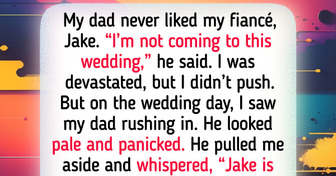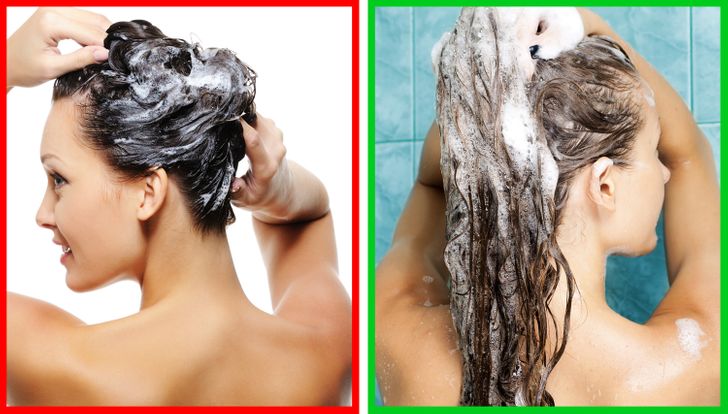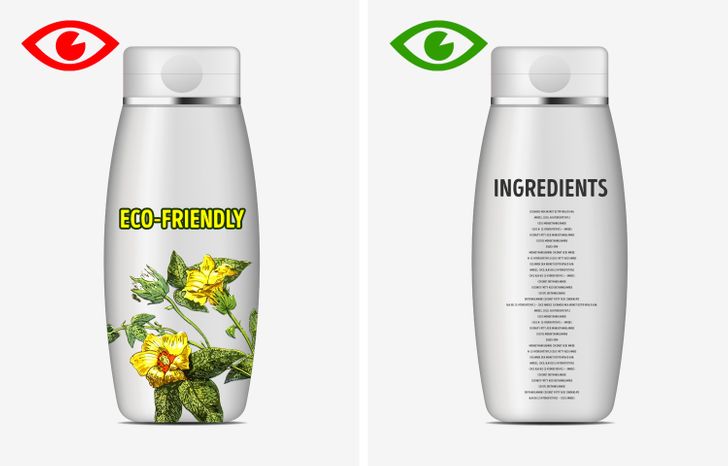A good hair conditioner is a life saver, honestly!
For a long time I thought it's useless and just a waste of money, but one day I noticed that the quality of my hair became worse and worse.
I tried several hair masks, but it didn't improve much, so I bought the conditioner at last. As a result: silky and easy to brush healthy hair :) Love it
I’ve Spent 5 Years Trying to Repair My Damaged Hair, and Now I’ll Share What Really Helped Me
“Once I had beautiful, healthy hair, but now it doesn’t grow, falls out, and looks damaged...” Does this situation ring a bell with you? I’ve already faced this problem as a teenager. I’ve spent a lot of time trying to repair it, using many methods. But finally, I’ve found a solution.
Bright Side’s author wants to share her hair repair story and hopes that it’ll help those who want their hair to become healthy again.
This process isn’t about miracles. It’s about constant work and everyday care.
Unfortunately, I have to burst your bubble if you’re hoping to find a universal formula that will repair your hair within 1 week. No one keeps this precious information secret. It simply doesn’t exist.
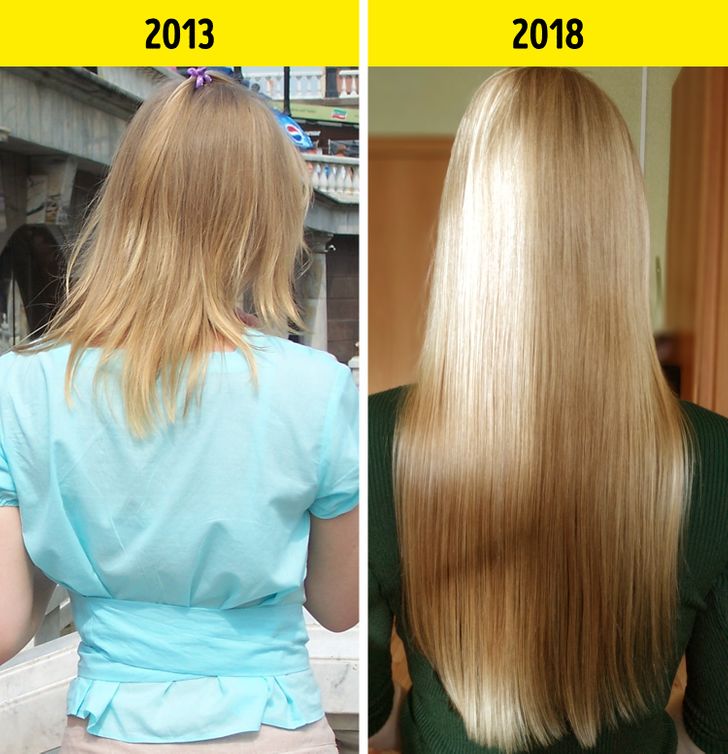
I spent 5 years trying to get the long and healthy hair that we usually see in ads. I started with having no clue about the nature of hair and having too many myths in my head. I had to experiment a lot to find useful and useless methods. You can see the result in the picture on the right.
Of course, lots of things depend on the structure and thickness of your hair. In other words, everything depends on your genes. But I’m sure that if you have a good approach, you’ll see the results in 3-4 months regardless of your hair type.
Feature #1: Everyday hair care won’t help it grow faster.
Hair care and hair growth don’t depend on each other. But proper care can make already-grown hair beautiful and strong. It can also prevent you from having premature hair loss. There’s no difference between an extremely expensive mask and a mask made with special ingredients from someone’s great-grandmother. Almost all hair care products have only 2 functions: to clean and protect already existing hair.
When I decided to take proper care of my hair, I was surprised by the fact that we know so little about the simplest care rules.
Below, you won’t find any brand new methods, but you’ll be able to compare them to your current hair care practices. To be honest, I failed to observe each of these tips.
- Don’t torment your hair, brushing it 100 times a day. It doesn’t work and it can damage your hair. This myth likely started decades ago before high-quality products existed. In the past, people had to brush their hair to clean it, similar to how you would beat the dust out of a rug. By brushing your hair too often, you damage your hair’s structure. Use a brush only when you really need it. By the way, it’s really useful to brush your hair right before washing it.
- Water should be warm, not cold or hot. We all know that hot water makes our hair brittle. But many people still believe cold water makes our hair shiny. Trichologists say that the only way to truly add shine is to smoothen your outer hair cuticle. Cold water doesn’t have any great superpowers, but you can use a post-shampoo conditioner instead.
- When you wash your hair, you have to apply shampoo to the scalp and roots. Don’t wash the whole length on purpose. First, the longer your hair is, the more it gets tangled. Second, there’s only dust on your hair (except for the roots) that can be easily washed away with water mixed with the shampoo that flows down while you wash your roots.
- You should apply a conditioner or a mask to moisten, not wet, your hair. When you rinse your hair, gently wring it and wipe it with a towel. Keep in mind that the wet hair is really vulnerable. If you wring your hair out too hard, you’ll damage it, but if you don’t wipe it thoroughly, your product won’t be absorbed.
I usually apply my products with my fingers, though different sources recommend to do it with a brush. But let me repeat: the wet hair is really vulnerable, so I recommend to take your time and do everything with your own 2 hands.
- Losing clumps of hair in the shower is normal. The life cycle of a strand of hair consists of several stages. The last one is telogen. It lasts 2-3 months and then it falls out. Thus, those hairs you lose while taking a shower are hairs that our body wants to get rid of to let our follicles grow new ones. On average, we lose around 100-150 hairs a day.
It’s absolutely fine that our hair starts falling out faster during certain seasons. As a rule, it happens in autumn when our body restarts all processes. Don’t panic, it’s a natural phenomenon that ends in 3 months.
- “Washing your hair every day damages it,” and “You only have to wait and then your hair will get used to it and won’t get dirty so fast,” are harmful tips. First, it’s impossible to “re-train” your hair: sebum secretion is connected with body processes and hormones.
Second, the belief that frequent shampooing is bad for your hair and scalp has a real but irrelevant reason. The first shampoos contained aggressive washing components, but modern shampoos are absolutely safe for everyday use.
If you use styling products, live in a polluted area, or often wear a hat, it’s recommended to wash your hair every day or no less than every 3 days. Otherwise, you’re likely to cause scalp diseases.
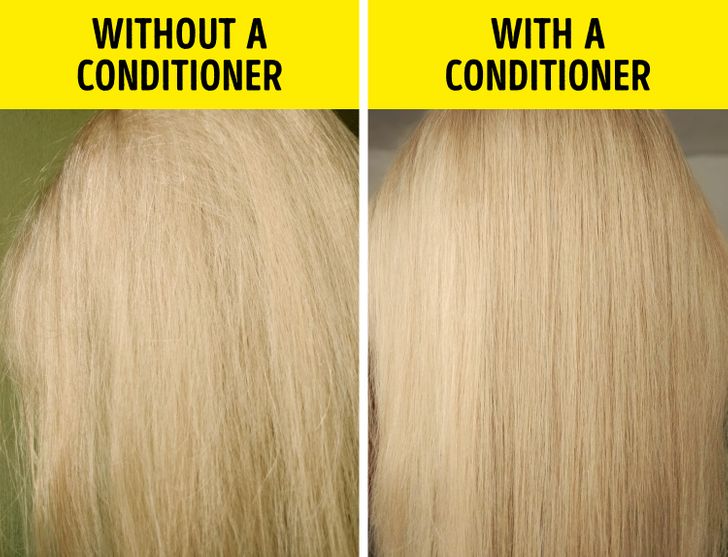
- Don’t avoid using a spray conditioner, especially if you have thin hair. Problematic hair can get tangled even if you use a mask. Additionally, a spray helps to deal with static hair better than water.
For a long time, I used to avoid using sprays as I thought they’d make my hair heavier. I tried to get rid of tangled hair using my fingers, water, and brushes. It usually ended the same way: I cut those clumps out. If you still think that leave-in conditioners are a waste of money, believe me, you’re wrong.
- The quality of your brush matters. If you don’t have the opportunity to buy several different brushes, 1 wide brush with natural bristles will be enough for everyday use — it’s really great for daily care.
I experimented with homemade and purchased products.
At the beginning of my journey, I used to be a fan of natural products: I made all hair care treatments on my own, saved tons of recipes, and quit buying products in stores as I thought they were harmful. But in fact, it was harmful to have no clue about the problem itself.
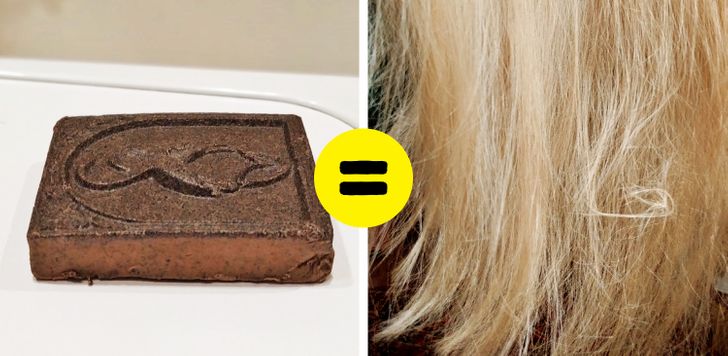
Hairs’ ends are the driest and most vulnerable. In the picture, you can see the way they look when you use a handmade soap.
For example, I thought store-bought shampoos were the root of evil and washed my hair with handmade soaps or coal-tar soaps, and even tried to make shampoo on my own. This shampoo failed to wash my hair properly and managed to destroy it.
First, handmade soap doesn’t mean it’s made from high-quality ingredients and it’s not guaranteed that the person who produces it uses certified and safe dyes, fragrances, thickeners, and so on. A coal-tar soap may be prescribed in case of some diseases as it has a strong drying effect. Just imagine what it does to thin and brittle hair.
Due to its high alkali content, any soap dries out your skin and hair, worsens their condition, and destroys the structure of the hair. Doctors don’t recommend using it instead of modern shampoos.
A homemade mask vs a purchased one
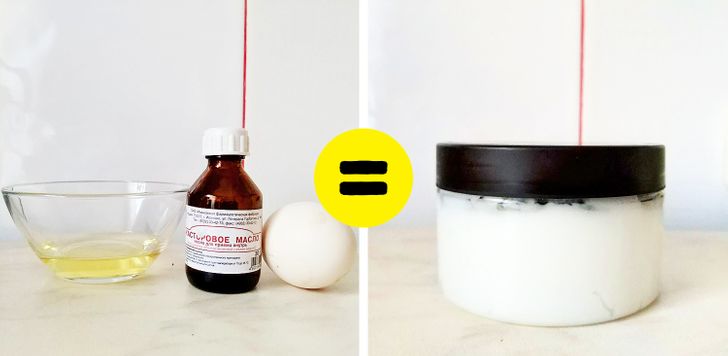
I used to make masks on my own too. But I can’t say they’re better than store-bought ones.
- It takes you more time to rinse them out.
- Their “natural” effect is overrated: even if you buy all the ingredients, you can’t be sure they’re all of good quality. For example, I have to buy eggs, vegetables, and fruit in stores as I don’t have a farm.
- Not all masks are harmless. It may depend on your hair structure, but my thin hair got really tangled and I couldn’t brush it properly. And those masks that were fine for my hair didn’t give that “wow” effect.
Why does it look like our hair grows faster when we use masks?
Because masks make our hair look better! Moistened hair becomes smooth and shiny.
When you cut your hairs’ ends, you get the same “growth effect.” The thing is, when our hairs’ ends are of the same length and structure, our hairstyle looks healthier. That’s why the myth that we have to cut our ends from time to time exists.
It doesn’t mean we haven’t cut our hair at all: we have to take care of the whole length of the hair. Just remember that ends need more moistening than the scalp. As for cutting the ends, you can do it once every 3-6 months depending on your hair growth.
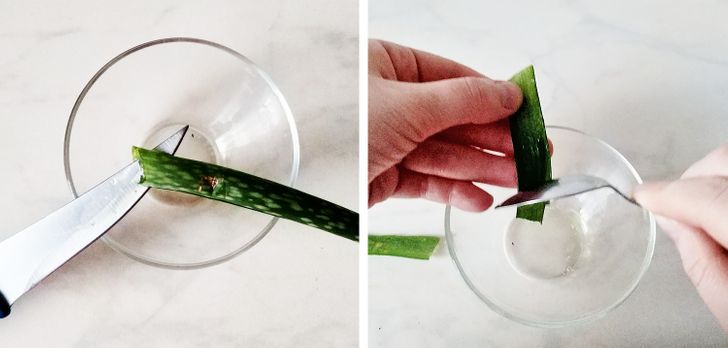
I recommend that you be careful with oils: they can be harmful. If you have any diseases (even dandruff), oils can worsen the situation.
If your scalp is fine and you only want to moisten it with oils, it’s not a good idea as it’s difficult to rinse oils out. For example, I can do it only with the help of a soap which is also harmful as we already know. Instead of pure oils, experts recommend using gentler products containing oils.
I’d like to add that aloe vera gel is the perfect product to nourish your scalp. You can buy it or make it with your own 2 hands.
Are modern store-bought products really harmful?
They’re not harmful if you’re aware of their features. For example, due to my urge to use ecologically-friendly products, I’ve decided to buy natural makeup products only. But you have to be careful with them: some manufacturers try to fool us by using beautiful brand names.
I recommend to always read the ingredients of a product before buying it.
Ingredients are the main reason why I stopped using most store-bought care products. And it’s not because of synthetic components (they also appear in eco-friendly cosmetics); the thing is, some of them aren’t safe.
As a rule, I take a photo of the ingredients of products I want to buy, go home, and check each component. If there’s a majority of non-synthetic ingredients and the artificial ingredients aren’t harmful or prohibited in other countries, I’ll buy the product. I usually check other products of the particular brand and if their ingredients are fine, I trust it.
Outlining the main points:
1. Before dealing with hair growth, make sure your hair is healthy. Keep taking care of it all the time.
2. To solve a hair growth problem or cure any scalp disease, turn to a trichologist. You’ll likely need to visit an endocrinologist, a psychologist, or a nutritionist depending on your current state, but a trichologist is a must.
3. Learn some information about the products you use. There’s a chance that you’ll need to replace them with products of better quality.
4. Increase your knowledge: science is always changing. Use it to be safe and sound.
Will you try any of these tips? Have you found this article useful? Would you like to add anything? Share your opinions with us in the comments!
Comments
Nice article, even for a guy (we also want to take care of our hair, yes :) )
My mother and sisters use coconut oil to repair damages hair, I think it would be a nice part of a hair-care routine for everyone
my hais have dandruff problem.. how can i get rid of it?
Amazing content . I am using biotin hair growth serum for hair growth and repair my hair its one of the best product I ever used.
This is awesome, thank you SO much!
Related Reads
16 Disturbing Wedding Stories That Quickly Ended the Relationships
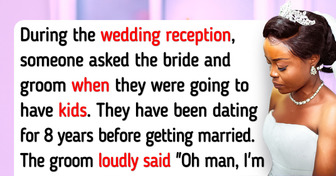
My Teenage Daughter Went to Her Friend’s for a Sleepover— I Felt Like I Should Involve the Police
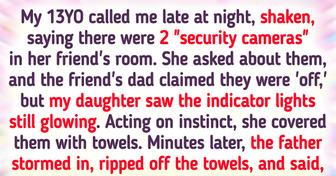
My Son Called It a Family Trip Until I Found Out the Real Reason I Was Invited
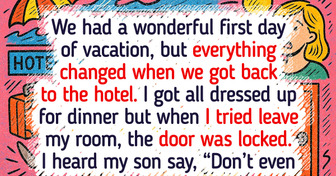
My Boyfriend Proposed to Me, but He Suddenly Had a Change of Heart
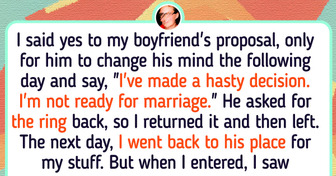
I Welcomed My Best Friend Into My Home—She Destroyed My Family
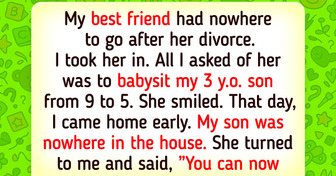
10 Shocking Secrets That Made People Rethink Their Entire Lives

15 True Stories Where Life Threw a Curveball

I Was Shamed for Being a Mom at Work—So I Planned My Revenge
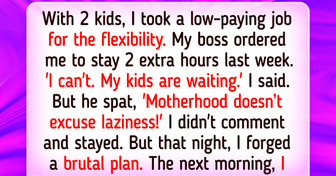
15 Chilling True Events That Will Haunt You
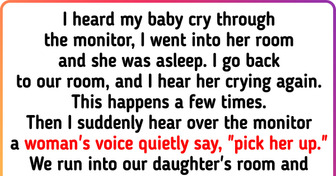
12 True Stories That Took the Most Unexpected Turn

I Discovered My Husband Was Cheating on Me, but Karma Got Him

10 Dads Who’d Move Mountains to See Their Kids Smile
